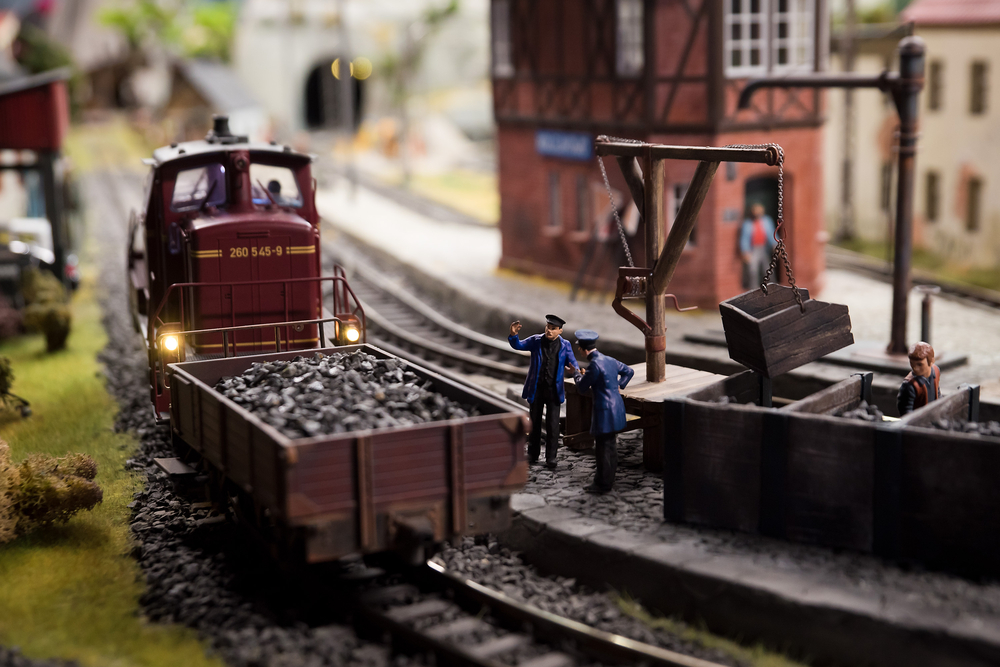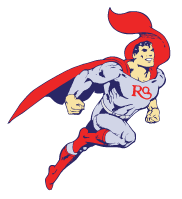According to the Collins English Dictionary, a locomotive is “a self-propelled engine operated by steam, electricity, or diesel power and used for moving trains over railway rails,” according to the Collins English Dictionary. The word locomotion is derived from “the capacity to move and the act of moving from one location to another.”
A locomotive’s principal sources of power are electricity and oil, notably diesel fuel. Steam was the ubiquitous source of propulsion until World War II (1939-1945). Although electric traction and diesel, which were more efficient, it was the first, have since overtaken them.
The terms locomotive and engine are interchangeable, but first, let’s define the terms engine and locomotive.
A locomotive runs by collecting electrical current from metal rails via metal wheels that ride on the rails. The electricity is passed from the wheels to the motor, causing it to spin.
A mechanical drive system links the motor to the wheels. The motor turns the gears that turn the wheels and drive the locomotive down the railway lines when the locomotive is powered by electricity. Simple!
Your locomotive wheel’s contact point with the rail is incredibly tiny. Even a small amount of dirt, dust, or debris can hinder wheel-to-rail contact. Because dirt can gather on the wheels, it’s critical to maintain them clean and clear of debris. If your locomotive’s wheels become dirty, they may lose touch with the metal rails, causing your train to stall. Plastic wheels, remember, do not conduct electricity.
Wheels for Locomotives and Gears for Locomotives
Lots of wheels and gears are required for a decent locomotive. The gears and wheels are frequently to blame for a locomotive’s poor performance.
A High-Quality Locomotive Can Make A Huge Difference!
Having a locomotive that you have to push to start moving or that suddenly speeds up and crashes off the tracks may be quite annoying.
A locomotive operates by collecting electricity from the track via its wheels. The electricity is transferred from the wheels to the motor, which moves the gears to propel the locomotive.
A locomotive with weak wheel pickup or a bad gear setup may cause issues. You get what you pay for, like with most things. However, this is one area where you should not cut corners. 90% of the road to a beautiful model train layout has a nice working engine.
These considerations are crucial when purchasing a locomotive:
- The more metal wheels that pick up electricity, the better, although at least two sets are required.
- A good gearing ratio and a motor move the train slowly but smoothly while using the least power.
- Flywheels are used at both ends of the engine to guarantee a smooth start and stop.
- The locomotive’s weight should be exactly right to keep a solid connection to the track but not so heavy that it becomes slow.
- The locomotive’s shorter diesel locomotives are less prone than larger steam locomotives to derail on bends.


